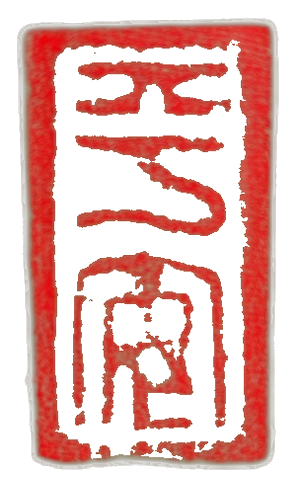
ORIGINS OF SUMI-E
The Journey

Japanese brush “sumi-e ink painting” began in ancient China during the Tang Dynasty (618–907), which was a time of social, economic, and cultural growth.Taoism, Confucianism, and Buddhism were the philosophical and religious influences at the time, and gave rise to the simplicity, spontaneity, and connection with nature that sumi-e ink painting is still known for today.As more people sought urban life, Chinese philosophers embraced art as a way to preserve the wisdom of the natural world. In so doing, they chose four subjects to convey this wisdom to an observer who could appreciate the subtle patterns of nature.They chose the plum blossom, which blooms in Winter, to represent the resilience needed to overcome adversity.They chose the orchid, which blossoms in Spring, to represent the refinement necessary for poise.They chose the bamboo, which grows to incredible heights in Summer, to represent the strength needed for achievement.They chose the chrysanthemum, which blooms in Autumn, to represent the endurance needed for longevity.By making these subjects the focus of their art, the philosophers of antiquity established a tradition of fusing art with meditation. It’s a tradition that lives on today in the work of artists who embrace sumi-e ink painting as a way to bring the silent observer into balance with the natural world.











